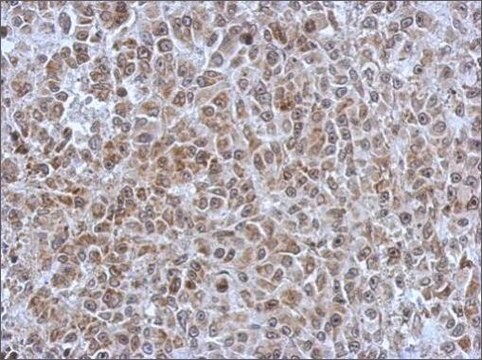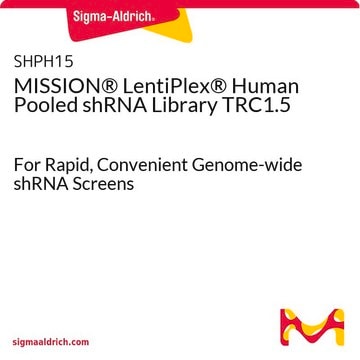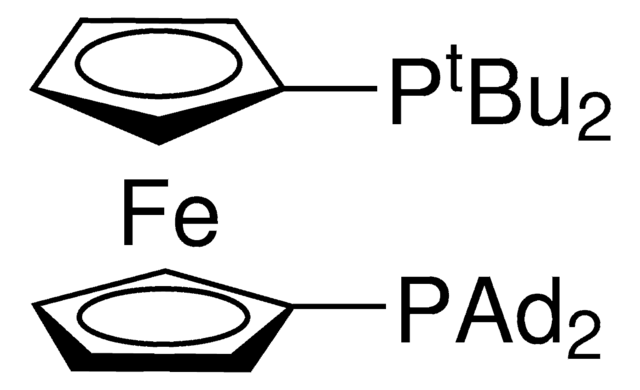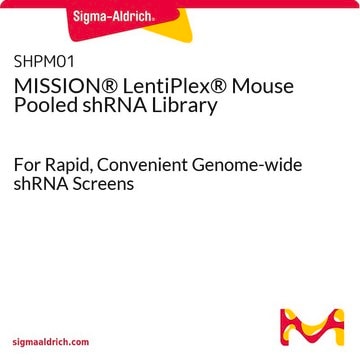SHPHLIBR
MISSION® LentiPlex® Complete Human Pooled shRNA Library
For Rapid, Convenient Genome-wide shRNA Screens
About This Item
Polecane produkty
linia produktu
MISSION®
stężenie
≥5x108 VP/ml (via p24 assay)
metody
capture ELISA: 5 x 108 TU/mL using p24
Warunki transportu
dry ice
temp. przechowywania
−70°C
Powiązane kategorie
Opis ogólny
The MISSION LentiPlex Complete Human shRNA Pooled Library is a genome-wide lentiviral pool produced using a proprietary process. The library consists of over 125,000 shRNA constructs from the TRC collection targeting 20,000+ human genes. Each library is tested for shRNA representation before product release to ensure robust library coverage. The library is provided in ready-to-use lentiviral format at titers of at least 5 x 108 TU/ml via p24 assay and is pre-divided into sixteen subpools of approximately 6,000-8,000 shRNA constructs each. Amplification and sequencing primers are also provided for downstream target identification.
For more information including sample data and uses, please visit our LentiPlex Technical Detail Page.
Inne uwagi
Amplification and sequencing primers are also provided for downstream hit identification.
Deconvolution of shRNA Pools
Sigma′s deconvolution service lets you easily identify the genes that impact your pooled shRNA screen.
- Next-generation sequencing of clonesgives a precise number of individual clone occurrence within a pooled shRNA sample
- Comprehensive, reproducible results from pooled shRNA screens
- Statistically robust and information-rich data
Contact your local Sigma sales representative for more information or submit an inquiry to MISSION RNAi
Informacje prawne
produkt powiązany
Kod klasy składowania
12 - Non Combustible Liquids
Klasa zagrożenia wodnego (WGK)
WGK 3
Temperatura zapłonu (°F)
Not applicable
Temperatura zapłonu (°C)
Not applicable
Certyfikaty analizy (CoA)
Poszukaj Certyfikaty analizy (CoA), wpisując numer partii/serii produktów. Numery serii i partii można znaleźć na etykiecie produktu po słowach „seria” lub „partia”.
Masz już ten produkt?
Dokumenty związane z niedawno zakupionymi produktami zostały zamieszczone w Bibliotece dokumentów.
Klienci oglądali również te produkty
Produkty
Deconvolute pooled shRNA samples post-screening to identify significant TRC clones with our service.
When shRNA is delivered using lentiviral vectors, the sequence encoding the shRNA is integrated into the genome and the knockdown effect is passed on to daughter cells, continuing gene silencing.
Lentiviral vector systems prioritize safety features, with design precautions preventing replication. Good handling practices are essential for use.
Systemy wektorów lentiwirusowych mają priorytetowe znaczenie dla bezpieczeństwa, a środki ostrożności zapobiegają replikacji. Dobre praktyki obsługi są niezbędne do użytkowania.
Protokoły
Lentivirus versions of genome modification technologies support successful CRISPR, RNAi, and ORF experiments.
FACS sorts cells based on light scattering and fluorescence for objective cell analysis.
Nasz zespół naukowców ma doświadczenie we wszystkich obszarach badań, w tym w naukach przyrodniczych, materiałoznawstwie, syntezie chemicznej, chromatografii, analityce i wielu innych dziedzinach.
Skontaktuj się z zespołem ds. pomocy technicznej









